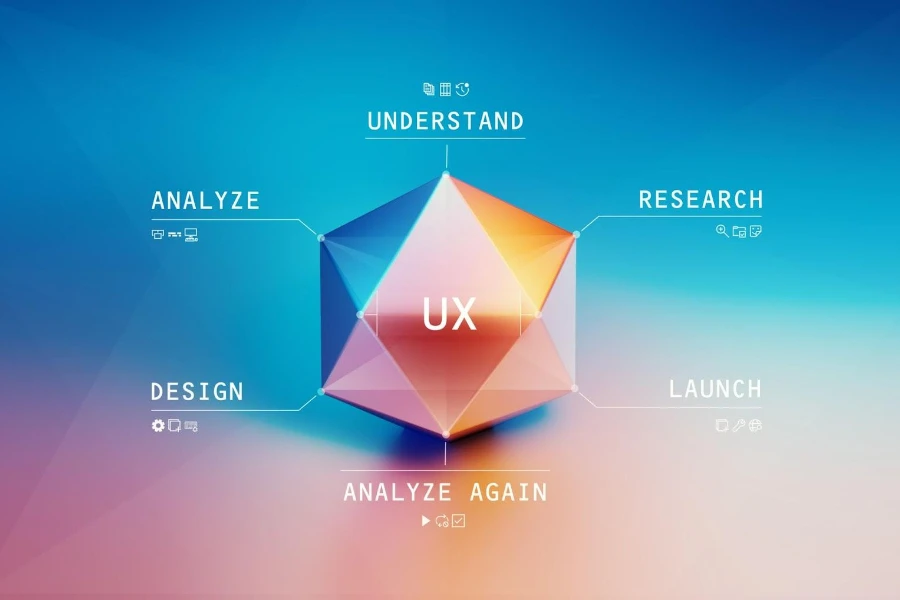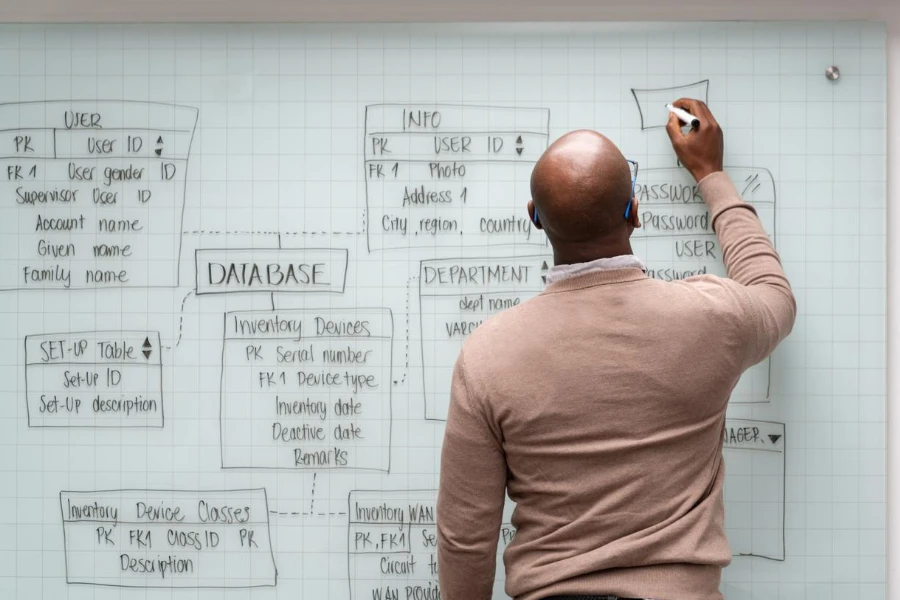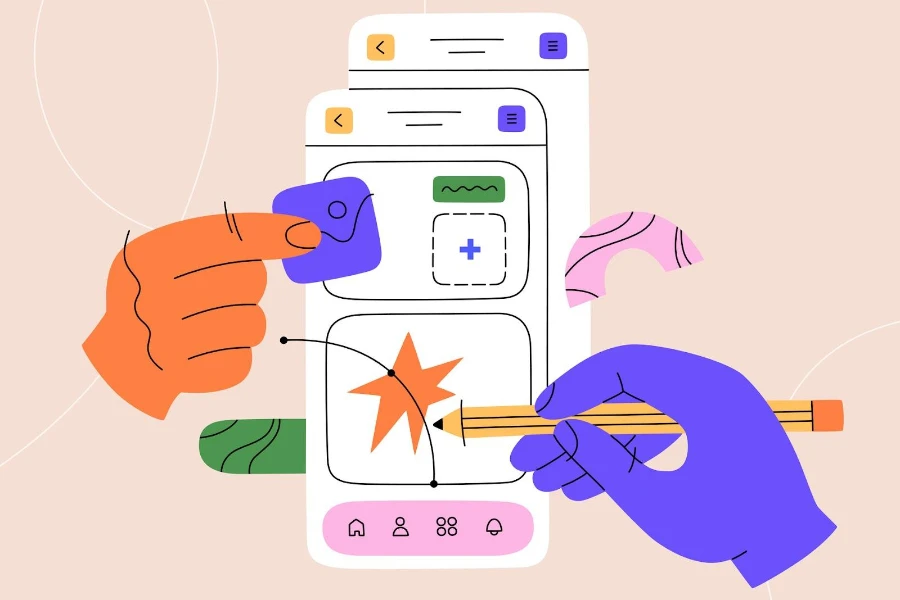In the digital age, where countless products and services vie for attention, User Experience (UX) Design has emerged as a key differentiator. This article explores the intricacies of UX Design, breaking down its components and highlighting the aspects users care about most. By understanding the principles of effective UX Design, businesses can create more engaging, intuitive, and successful digital products.
Table of Contents:
– What is User Experience (UX) Design?
– The importance of usability in UX Design
– The role of visual design in user experience
– How UX Design impacts customer satisfaction
– The future of UX Design: Trends and predictions
What is User Experience (UX) Design?

User Experience (UX) Design is a multifaceted discipline aimed at creating products that offer meaningful and relevant experiences to users. This involves the design of the entire process of acquiring and integrating the product, including aspects of branding, design, usability, and function. UX Design is not just about how a product looks, but how it works and feels from the user’s perspective.
At its core, UX Design focuses on understanding the user’s needs, preferences, and behaviors. Designers use this insight to craft products that not only meet these needs but also provide delight and satisfaction. By prioritizing the user’s experience, businesses can foster stronger connections, encouraging loyalty and advocacy.
The process of UX Design involves research, testing, and iteration. Designers gather data on their target audience, prototype their ideas, and test these prototypes with real users. This iterative process ensures that the final product is as user-friendly and effective as possible, minimizing frustrations and maximizing enjoyment.
The importance of usability in UX Design

Usability is a cornerstone of effective UX Design. It refers to the ease with which users can navigate and interact with a product. A highly usable product is intuitive, requiring minimal effort from users to achieve their goals. This section of UX Design focuses on simplifying complex processes, making information easily accessible, and reducing the learning curve for new users.
One of the key elements of usability is a clear and logical structure. This involves organizing content and features in a way that makes sense to the user, using familiar patterns and conventions. Navigation should be straightforward, with key actions and information readily available.
Another aspect of usability is responsiveness. In today’s multi-device world, products need to work seamlessly across different platforms and screen sizes. This not only enhances the user’s experience but also reflects the brand’s professionalism and attention to detail.
The role of visual design in user experience

While usability focuses on the functional aspects of a product, visual design addresses its aesthetic and emotional appeal. The visual design of a product plays a significant role in shaping the user’s perception and emotions. It can attract attention, communicate values, and create a memorable experience.
Color, typography, and imagery are key tools in visual design. These elements can convey a brand’s personality, evoke emotions, and guide the user’s attention. For example, a well-chosen color palette can enhance readability, highlight important features, and contribute to a cohesive brand identity.
Visual design also involves creating a consistent visual language across a product. This consistency reinforces the brand’s identity and makes the product more intuitive to use. Users learn to associate certain colors, shapes, and icons with specific actions or information, which can streamline navigation and reduce cognitive load.
How UX Design impacts customer satisfaction

The impact of UX Design on customer satisfaction cannot be overstated. A positive user experience can lead to higher engagement, increased loyalty, and more word-of-mouth referrals. Conversely, a negative experience can drive users away, damaging the brand’s reputation and bottom line.
UX Design influences customer satisfaction by addressing the user’s needs and pain points. By providing solutions that are not only effective but also enjoyable to use, businesses can exceed customer expectations. This creates a sense of value and satisfaction, encouraging users to return.
Feedback is a crucial component of UX Design. By listening to users and incorporating their feedback, businesses can continuously improve their products. This ongoing dialogue fosters a sense of community and shows that the brand values its users’ input, further enhancing satisfaction.
The future of UX Design: Trends and predictions

As technology evolves, so too does UX Design. Emerging trends, such as voice interfaces, augmented reality, and artificial intelligence, are set to redefine the user experience. These technologies offer new possibilities for interaction and personalization, making the user’s journey more seamless and engaging.
However, with these advancements come new challenges. Designers must navigate issues of privacy, accessibility, and ethical use of technology. As UX Design continues to evolve, these considerations will become increasingly important.
The future of UX Design lies in creating experiences that are not only technologically advanced but also human-centered. By prioritizing empathy and inclusivity, designers can create products that cater to a diverse range of needs and preferences, shaping a more accessible and equitable digital landscape.
Conclusion:
User Experience (UX) Design plays a pivotal role in the success of digital products. By focusing on usability, visual design, and customer satisfaction, businesses can create experiences that resonate with users. As technology advances, the field of UX Design will continue to evolve, offering new opportunities and challenges. Understanding and adapting to these changes will be key to creating products that not only meet but exceed user expectations.



